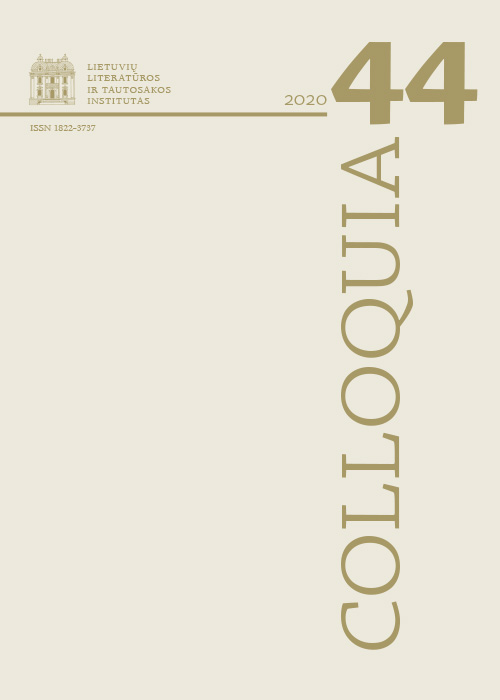Lietuvių kolektyvinę atmintį konstruojantis Vaižgantas
Santrauka
Vaižgantas, skirtingai nei Maironis, visuomenei nepateikė savojo nuoseklaus Lietuvos istorijos naratyvo, tačiau ar tai reiškia, kad jam lietuvių tautinės bendruomenės istorinė praeitis ir jos kolektyvinė atmintis rūpėjo mažiau? Dėmesingiau pažvelgus tiek į Vaižganto rašytinį palikimą, tiek į jo visuomenines iniciatyvas bei aktyvią pilietinę poziciją (nuo memorialinių iniciatyvų autoriaus iki Vytauto Didžiojo jubiliejinių metų kampanijos organizatoriaus), tampa akivaizdu, kad bendruomenės atminties kultūra jam rūpėjo. Toks aktyvumas skatina kelti pirmąjį klausimą: ar Vaižgantas turėjo ambicijų kryptingai konstruoti lietuvių etninės bendruomenės kolektyvinę atmintį? Vaižganto kūrybinis ir visuomeninis aktyvumas plėtojosi sparčiai kintančių politinių sąlygų, kuriomis gyveno tauta, fone, todėl peršasi kitas klausimas: ar kito Vaižganto požiūris į tautos kolektyvinės atminties formavimo svarbą? Į šiuos klausimus ir bandoma atsakyti straipsnyje.
